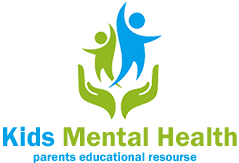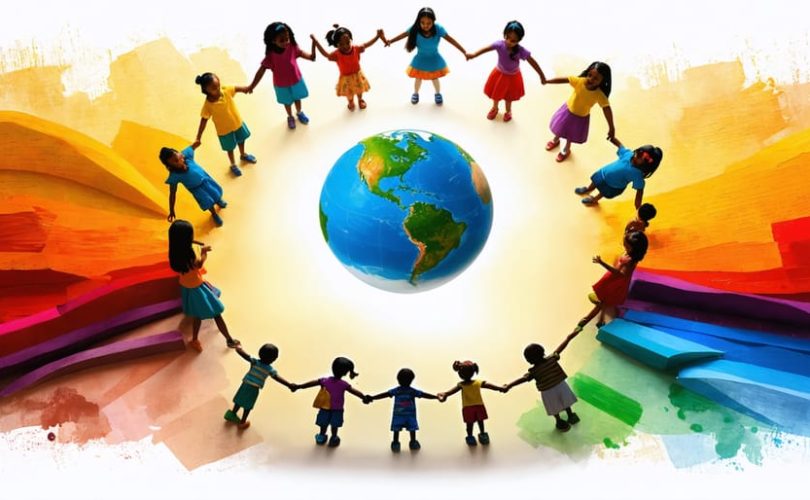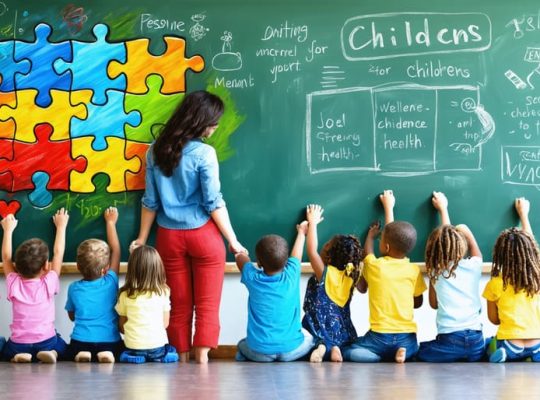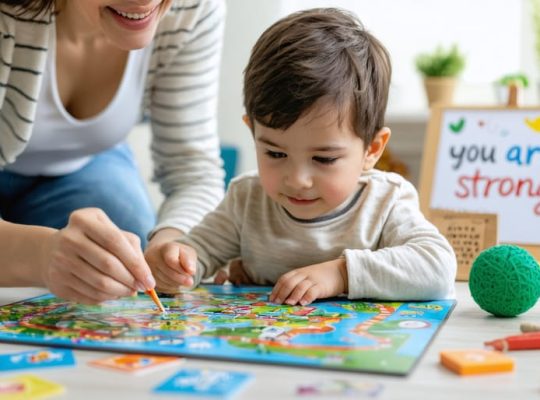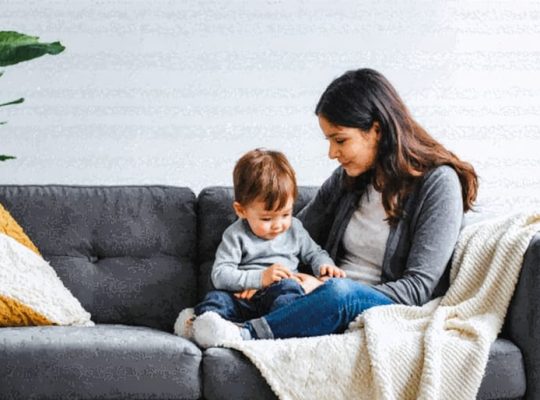Cultural competence in education extends far beyond simple awareness – it fundamentally shapes how students learn, grow, and see themselves in the world. Every day, educators face the complex challenge of creating inclusive learning environments that honor and celebrate the diverse backgrounds, experiences, and perspectives their students bring to the classroom.
In our increasingly interconnected world, developing cultural competence has become as essential as teaching core academic subjects. Research consistently shows that students taught by culturally competent educators demonstrate higher academic achievement, stronger self-esteem, and better social-emotional outcomes. These students feel seen, valued, and understood – critical factors in creating the psychological safety needed for effective learning.
This shift toward cultural competence represents more than just a trend in education; it’s a fundamental reimagining of how we prepare students for success in our global society. From recognizing unconscious biases to implementing culturally responsive teaching strategies, educators today must develop the skills and knowledge needed to effectively serve students from all cultural backgrounds.
For schools and educators committed to this journey, cultural competence isn’t just another item on a checklist – it’s an ongoing process of learning, reflection, and growth that transforms both teaching practice and student outcomes. By embracing this approach, we create learning environments where every student has the opportunity to thrive, regardless of their cultural identity or background.
Why Cultural Competence Matters in Children’s Mental Health

Breaking Down Cultural Barriers
Cultural barriers can significantly impact a child’s access to mental health care and the quality of treatment they receive. These barriers often stem from differences in language, beliefs about mental health, and traditional healing practices. For many families, breaking down mental health stigma is particularly challenging due to cultural beliefs that view mental health challenges as personal weaknesses or family matters.
Language differences can create misunderstandings between healthcare providers and families, leading to inadequate treatment plans or missed diagnoses. Additionally, some cultures may prefer to seek help from religious leaders or traditional healers rather than mental health professionals, making it crucial for healthcare providers to understand and respect these preferences while ensuring children receive necessary care.
Cultural barriers also extend to therapy approaches themselves. Traditional Western mental health practices may not always align with the values and experiences of diverse communities. For example, some cultures emphasize collective well-being over individual needs, or may have different perspectives on expressing emotions and seeking help outside the family unit. Understanding and addressing these barriers is essential for providing effective, culturally-sensitive mental health care for all children.
The Role of Family and Community
Family and cultural background play a vital role in shaping how children and their families view and engage with mental health treatment approaches. For many families, cultural values deeply influence their understanding of mental health, their willingness to seek help, and their preferences for certain types of support.
Consider Maria’s family, who believes in the importance of extended family involvement in decision-making. Their cultural perspective led them to seek treatment options that included family therapy sessions with grandparents present, resulting in more effective outcomes for their child. This example highlights how embracing family dynamics can enhance treatment success.
Community support systems, including religious leaders, cultural mentors, and extended family networks, often serve as valuable resources in children’s mental health journeys. These connections can help bridge the gap between traditional cultural practices and modern therapeutic approaches, creating a more comfortable and effective healing environment for both children and their families.
When healthcare providers take time to understand and incorporate these family and community dynamics, they create more culturally responsive and effective treatment plans that resonate with families’ values and beliefs.
Key Components of Culturally Competent Care
Language and Communication
Language barriers can significantly impact the delivery of effective mental health care, making clear communication essential in culturally competent education. When working with children and families from diverse backgrounds, it’s crucial to recognize that language extends beyond mere words – it encompasses non-verbal cues, cultural expressions, and communication styles.
Dr. Maria Rodriguez, a bilingual child psychologist, shares, “Sometimes, what we consider direct communication in Western culture might be seen as disrespectful in other cultures. Understanding these nuances is vital for building trust.”
To bridge language gaps effectively, consider these practical strategies:
– Partner with qualified interpreters who understand mental health terminology
– Use visual aids and universal symbols when possible
– Check for understanding frequently through gentle feedback
– Respect silence and different communication paces
– Learn key phrases in your students’ or clients’ native languages
Remember that families might express emotional concerns differently across cultures. For instance, some cultures might describe anxiety through physical symptoms rather than emotional terms. Being mindful of these differences helps create a more inclusive and supportive environment.
It’s equally important to provide written materials in multiple languages and ensure that all communication channels are accessible to families with different language preferences. This comprehensive approach helps ensure that no child or family feels isolated due to language barriers.
Cultural Beliefs and Mental Health
Mental health beliefs and practices vary significantly across cultures, shaping how families view and respond to emotional and behavioral challenges. For instance, in some Asian cultures, mental health concerns may be viewed through the lens of family harmony and balance, while other communities might interpret them as spiritual matters.
Understanding these cultural perspectives is crucial for providing effective support. Maria, a school counselor in California, shares how she learned to adapt her approach: “When working with Latino families, I noticed they often preferred to discuss emotional challenges within the family circle first. Recognizing this helped me better support both parents and children.”
Different cultures also have unique wellness practices that contribute to mental health. Some communities prioritize collective healing through community gatherings, while others emphasize individual meditation or traditional healing practices. These approaches aren’t better or worse than Western mental health care – they’re simply different paths to wellness.
For educators and healthcare providers, it’s essential to recognize that families may have varying comfort levels discussing mental health. Some might use different terms or descriptions for emotional struggles, while others might be hesitant to seek professional help due to cultural stigma. Creating a safe, judgment-free space where these differences are respected and validated helps build trust and ensures better outcomes for children’s mental well-being.
Remember that cultural beliefs around mental health are dynamic and can vary even within the same cultural group. Taking time to understand each family’s unique perspective demonstrates genuine care and cultural sensitivity.
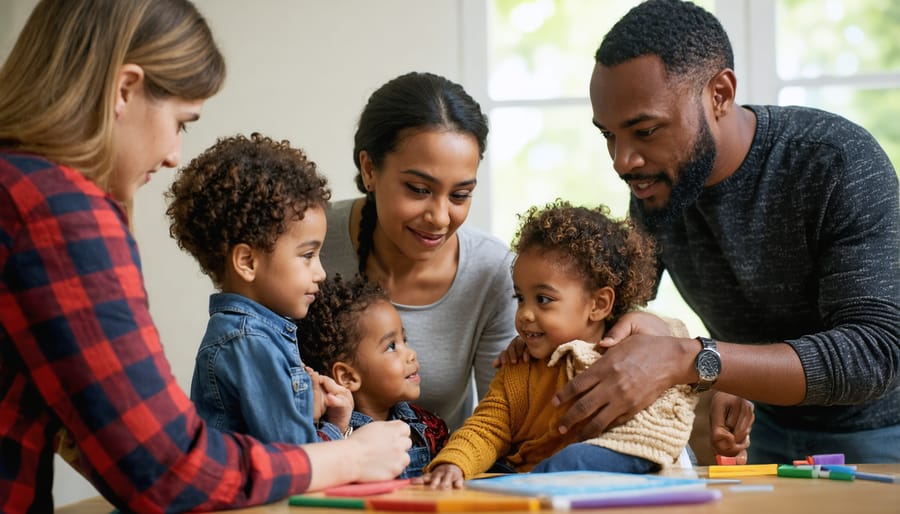
Practical Strategies for Parents and Professionals
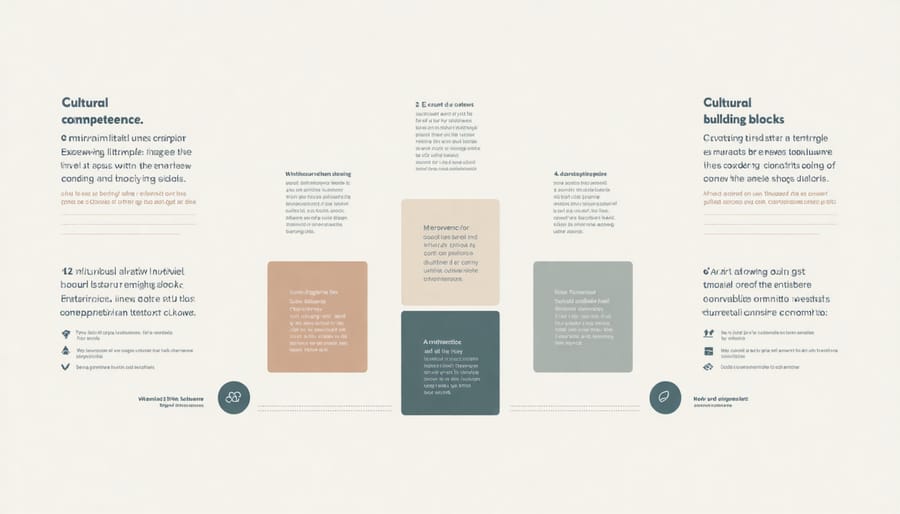
Building Trust and Understanding
Building trust and understanding across cultural boundaries requires intentional effort and genuine curiosity. Start by acknowledging your own cultural background and potential biases – this self-awareness is the foundation for authentic connections with others. Listen actively when families share their perspectives, and ask respectful questions about their cultural practices and beliefs regarding education and child development.
Create a welcoming environment by incorporating diverse imagery, materials, and resources that reflect various cultures. Simple gestures like learning to properly pronounce names and understanding basic cultural etiquette can go a long way in showing respect and building rapport.
Dr. Maria Chen, a cultural education specialist, suggests: “Regular check-ins with families help identify potential misunderstandings early. Sometimes what we perceive as resistance might actually be a cultural difference in approaching education.”
Remember that trust develops gradually through consistent, respectful interactions. Be patient and maintain an open mind when families share practices that differ from your own experience. Acknowledge the expertise they have about their own culture and children.
Consider organizing cultural awareness events or workshops where families can share their traditions and experiences. This not only builds understanding but also helps create an inclusive community where all members feel valued and heard.
Most importantly, approach each interaction with humility and a willingness to learn. Cultural competence is an ongoing journey, not a destination.
Adapting Treatment Approaches
When adapting mental health treatments for culturally diverse children, it’s essential to consider how education’s impact on mental health varies across different cultural contexts. A one-size-fits-all approach simply doesn’t work when supporting children from diverse backgrounds.
Start by incorporating familiar cultural elements into therapy sessions. For example, if storytelling is important in a child’s culture, use traditional stories as therapeutic tools. Similarly, involve family members in ways that respect cultural hierarchies and values while maintaining therapeutic effectiveness.
Consider adjusting communication styles to match cultural norms. Some cultures may prefer indirect communication or value group consensus over individual expression. Mental health professionals should also be mindful of cultural beliefs about mental health itself – what might be seen as a symptom in one culture could be viewed differently in another.
Language matters tremendously. When possible, provide materials in the family’s preferred language and work with cultural mediators or interpreters who understand both the language and cultural nuances. This ensures nothing gets lost in translation, either literally or culturally.
Remember to be flexible with treatment schedules and methods. Some families might need accommodations for religious observances or cultural celebrations. Others might prefer traditional healing practices alongside conventional therapy. The key is creating an inclusive, respectful environment where children and families feel understood and supported in their healing journey.
Cultural competence in education is an ongoing journey that requires dedication, self-reflection, and continuous learning. As we’ve explored throughout this article, developing cultural competency skills is essential for creating inclusive, supportive, and effective learning environments that benefit all children’s mental health and academic success.
Remember that becoming culturally competent isn’t about reaching a final destination – it’s about maintaining an open mind and heart while consistently working to understand and appreciate diverse perspectives. Every step you take toward cultural awareness and sensitivity makes a meaningful difference in the lives of the children and families you serve.
Start by incorporating small changes in your daily interactions, whether it’s learning about different cultural celebrations, adapting communication styles, or seeking feedback from families about their needs and experiences. Share your learning journey with colleagues and create supportive networks where you can discuss challenges and celebrate successes together.
For parents, teachers, and healthcare professionals alike, cultural competence enables us to build stronger relationships, provide better care, and create more positive outcomes for children from all backgrounds. It helps break down barriers, reduce misunderstandings, and ensure that every child feels valued and understood.
Moving forward, commit to regular self-assessment of your cultural competency skills, seek out diverse perspectives, and stay informed about cultural practices and traditions relevant to your community. Remember that mistakes are opportunities for growth, and asking questions with genuine curiosity and respect is always better than making assumptions.
By embracing cultural competence as a fundamental aspect of education and care, we create more equitable, inclusive, and nurturing environments where every child can thrive.
